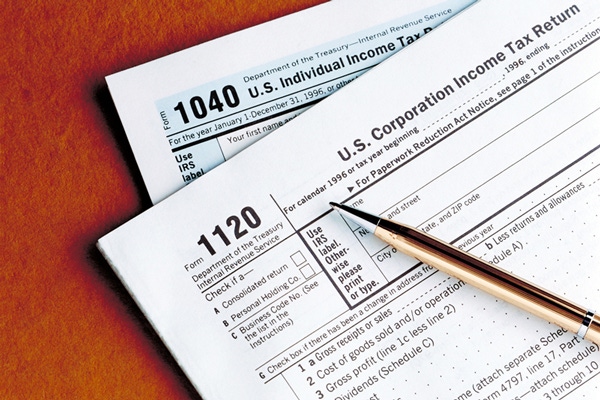
In only a few weeks, tax season will be upon us. Farm Press recently asked several veteran accountants what farmers should consider — or to make sure their tax document preparer considers — when calculating taxes. All pointed to Section 179 of the tax code.
“Section 179 is an expensing election,” says a certified public accountant who practices near the Mississippi River. “A few years ago, it was put in place as an attempt to spur the economy. It started out at $25,000, increased to $125,000 and then jumped to $250,000. Then, for 2010 and 2011, it rose again — this time to $500,000.”
(For the Internal Revenue Service’s explanation of Section 179, scroll to bottom.)
Farmers should know that the $500,000 amount is set to expire in 2011.
“So, they should take advantage of this while they can,” says the CPA. “When working with farmer clients, I use Section 179 all the time. That was true even when it capped at $25,000.”
By now, most of his clients realize Section 179 is available. However, few “know that the amounts have increased so much. The $500,000 figure is a surprise to many.
“There’s a set amount that can’t be exceeded. I believe that’s $2 million. But once that amount is reached, it’s reduced dollar-for-dollar.”
How might a producer take advantage of the section?
“Say I’ve got a $600,000 profit and I don’t want to pay taxes on that whole amount. At the same time, I need a new cotton picker. Well, I can go buy that new picker and immediately wipe out that $500,000 expensing election.”
If the picker is $750,000, “I’d still have $250,000 to depreciate the first year, take the depreciation on it and reduce the income total further.”
Those using the section should know of a potential timing issue.
This would come into play “when a piece of equipment is financed over five, or seven, years. Well, you’ll have a note payment in those years after the purchase, but you’ll have no depreciation to pull your profits down. That can mean a cash-flow problem. That isn’t a given, but that’s something to watch closely since you’ve taken all your depreciation in year one.”
There are assets that don’t qualify.
“Vehicles are limited to $25,000 in Section 179. Grain bins do qualify for Section 179."
Explaining Section 179, the Internal Revenue Service says:
“A qualifying taxpayer can choose to treat the cost of certain property as an expense and deduct it in the year the property is placed in service instead of depreciating it over several years. This property is frequently referred to as Section 179 property.
“The Small Business Jobs Act of 2010 increases the IRC Section 179 limitations on expensing of depreciable business assets and expands the definition of qualified property to include certain real property for the 2010 and 2011 tax years.
“Under SBJA, qualifying businesses can now expense up to $500,000 of Section 179 property for tax years beginning in 2010 and 2011. Without SBJA, the expensing limit for Section 179 property would have been $250,000 for 2010 and $25,000 for 2011.
“The $500,000 amount provided under the new law is reduced, but not below zero, if the cost of all section 179 property placed in service by the taxpayer during the tax year exceeds $2,000,000.
“The definition of qualified Section 179 property will include qualified leasehold improvement property, qualified restaurant property, and qualified retail improvement property for tax years beginning in 2010 and 2011.
“SBJA also removes cellular telephones and similar telecommunications equipment from the definition of listed property for tax years beginning in 2010.
“Depreciation limits on business vehicles: The total depreciation deduction (including the section 179 expense deduction) you can take for a passenger automobile (that is not a truck or a van) you use in your business and first placed in service in 2010 is increased to $3,060. The maximum deduction you can take for a truck or van you use in your business and first placed in service in 2010 is increased to $3,160.
“Caution: These limits are reduced if the business use of the vehicle is less than 100 percent.”
(For more information, visit : http://www.irs.gov/pub/irs-pdf/fw11.pdf and http://www.section179.org/.)
About the Author(s)
You May Also Like






